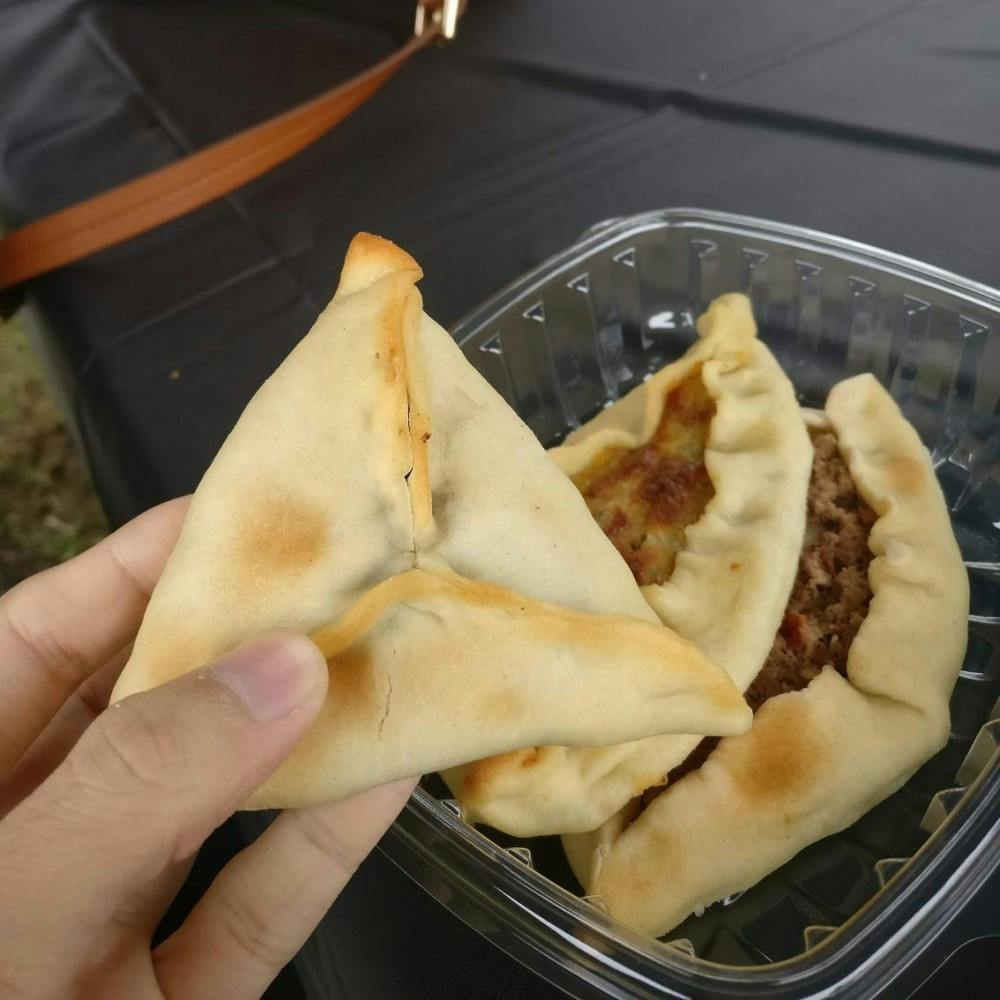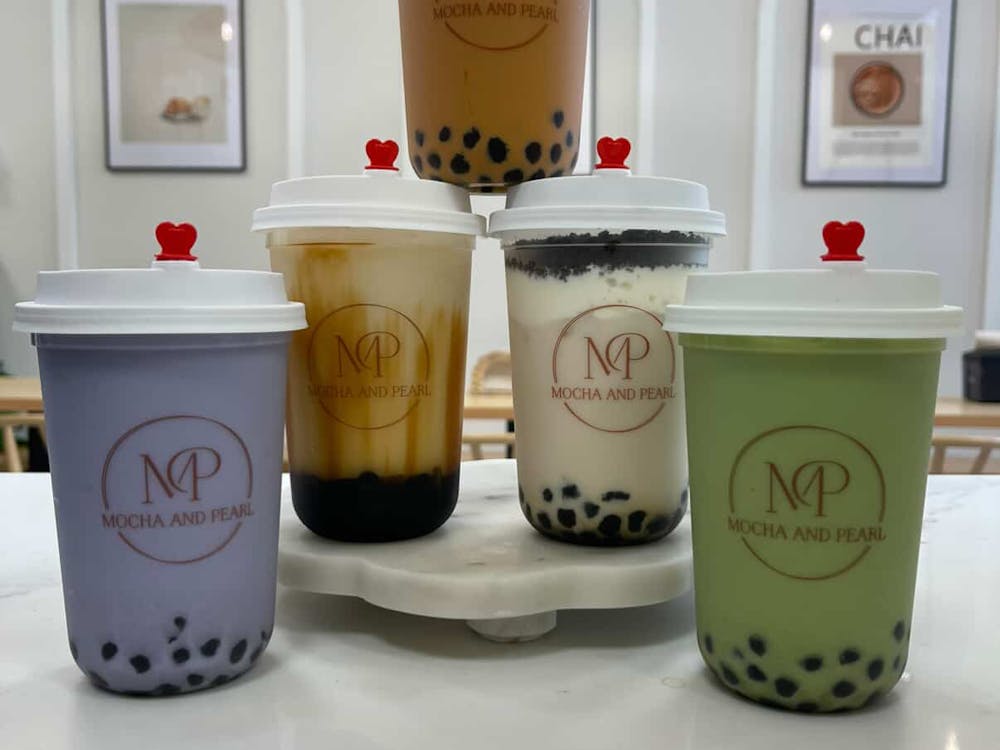“Immigrant food is American food.”
On Sunday, Oct. 14, Baltimore’s Immigrant & Refugee Food Festival brought together a diverse selection of food and art vendors to celebrate immigrant culture. The event took place at the Canton Waterfront Park.
The event was nothing like the food fests I had gone to before. This experience wasn’t really about the food. Rather, it was about the ideas circulating throughout. I registered to vote while eating a tostada!
Much more politically charged than the other food festivals I’ve attended, the Immigrant Food Fest drew attention to the social climate surrounding the way we think about immigrants and the ways we both value and disrespect them.
The event was organized by Taylor Jenkins and Daniel Bright, both of Owings Mills, Md. The two saw the potential of food to shine a positive light onto immigrant culture. Jenkins explained the significance and details of the festival in an interview with The News-Letter.
“For me, it’s extremely personal,” Jenkins said. “My family is from Trinidad and Tobago, and the story of Trini culture is an excellent representation of immigrant culture.”
The food of Trinidad and Tobago is both highly unique and highly eclectic. It includes influences from all over the world dating back to a period of time when people of different nations were just starting to interact with each other. Colonizers came and brought European culture, merchants brought Indian and Chinese influence and slavery brought west African traditions to the island. Every single outside culture can be reflected in the cuisine, whether it is in the variety of spices used or the assortment of cooking techniques.
Unlike other places that were colonized by Europeans and brutalized by slavery, Trinidad and Tobago saw the departure of most colonizers due to lack of economic and cultural motivation. In this way, the culture developed under the Trini people. It has since made its way to the U.S.
When I asked Jenkins what the importance of immigrant cuisine was, I got the answer I expected.
“What is not important? This is a country of immigrants, and almost every single person here can trace their roots back to some immigrant story,” he said.
Jenkins and Bright hoped to represent cultures from all over the world and support the businesses that showcased them. For this reason, there were no vendor fees. However, this did result in more pressure on Jenkins to rake in ticket sales revenue. Over 300 tickets were sold.
“We paid for this event out of pocket, and we’re just glad that we broke even,” he said.
The event also featured music from BeMaeva and DJ EN’B. Democratic candidate for governor of Maryland Ben Jealous came in support.
As for the most important part (the food, obviously), I found the varied cultures and levels of quality very interesting. Some of the food I just did not think was great, but then again, that wasn’t the point.
The fact that I learned what a fatayer was is more important than the food tasting good upon first impression. Certain cuisines have had more time to develop in this country than others. Additionally, I think that it is okay to indulge lower quality goods to encourage the growth and development of underrepresented arts.
When I try a new cuisine, I have no direct reference. I can only compare it with the variety of cuisines I am already familiar with. The question for me then is: How much is diversity worth?
But there is always the argument that someone else may think differently about how good the food is. Neither opinion is more valid than the other. These questions are difficult to answer, and in the upcoming years, we will see how America responds. For now, the Immigrant Food Fest sparking discussions like this is an excellent starting point.
As for the food I sampled, I found the most delicious tostadas being sold by an unnamed Mexican stall. I wasn’t done devouring them before I was in line for Haitian rice bowls. The kalamansi glazed madeleine from Bountiful Sweetness Bakehouse taught me about the unique citrus flavor commonly used in Filipino cuisine.
While in line for Sobeachy Haitian Cuisine, we met Leo, the stand’s owner and chef. He approached us to take our order, and made sure to recommend the drinks as well. We ordered what he called a gwa, which is, in his words, “no added sugar, just a bunch of fruits combined together for a concoction of greatness!”
After bidding farewell to Leo, I indulged in his Haitian rice bowl. Every warm bite of this chicken stew filled my sinuses with pleasant aromas of spices, and the tender chicken combined beautifully with the plantains and rice.
Although the event started out in rainy cold weather, it eventually cleared. People came through for one of the most interesting food selections I have ever seen.
Be on the lookout for more events hosted by Jenkins and Bright. They hope to make this a recurring event.





